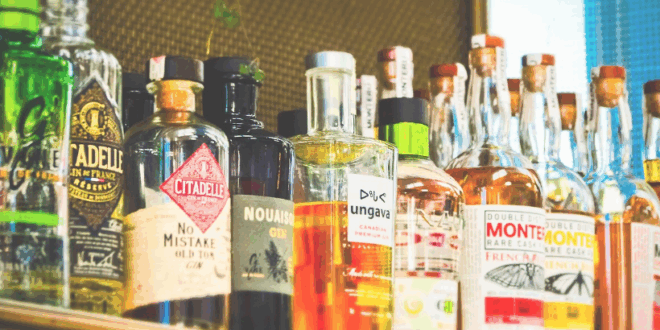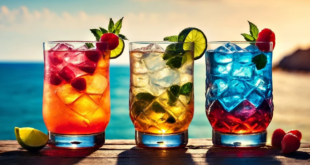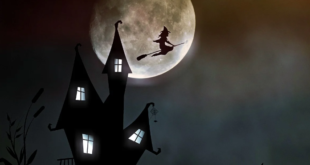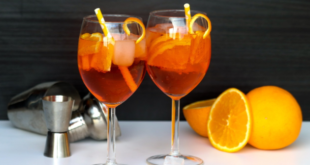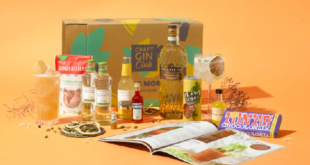Europe has a rich and diverse drinking culture, from smooth whiskies to herbal liqueurs, and from crisp vodkas to robust brandies. Each country has its own signature spirit that reflects local ingredients, traditions, and history. Whether you’re a traveler looking to sample authentic drinks or simply a spirit enthusiast, here’s a guide to Europe’s most popular spirits by country.
Ireland – Irish Whiskey
Overview: Known for its smoothness and triple distillation, Irish whiskey has become a global favorite.
- Famous brands: Jameson, Bushmills, Redbreast
- How it’s enjoyed: Neat, on the rocks, or in cocktails like the classic Irish coffee
- Fun fact: Irish whiskey must be aged in wooden casks for at least three years.
Scotland – Scotch Whisky
Overview: Scotland’s whisky, or “Scotch,” is world-renowned for its smoky, peaty flavor.
- Famous regions: Islay (peaty), Speyside (fruity), Highlands (robust)
- How it’s enjoyed: Neat, with a splash of water, or in cocktails like the Rob Roy
- Fun fact: There are over 130 malt and grain distilleries across Scotland.
France – Cognac & Armagnac
Overview: France is synonymous with fine brandy, especially Cognac from the Charente region and Armagnac from Gascony.
- How it’s enjoyed: Sipped slowly as a digestif or paired with dessert
- Fun fact: Cognac must be double-distilled in copper pot stills and aged in oak barrels.
Spain – Brandy de Jerez
Overview: Brandy de Jerez is Spain’s signature spirit, produced primarily in Andalusia using the solera aging system.
- How it’s enjoyed: Neat, on the rocks, or in cocktails like the Brandy Alexander
- Fun fact: Sherry casks used in aging give Brandy de Jerez a distinctive sweet and nutty flavor.
Italy – Grappa & Limoncello
Overview: Italy offers a variety of unique spirits, with grappa (grape pomace brandy) and limoncello (lemon liqueur) leading the way.
- How it’s enjoyed: Grappa after meals as a digestif; limoncello chilled as a sweet treat
- Fun fact: Grappa was traditionally made to ensure no part of the grape went to waste.
Germany – Jägermeister
Overview: Germany is famous for herbal liqueurs like Jägermeister, a blend of 56 herbs, roots, and spices.
- How it’s enjoyed: Chilled shots or in cocktails like the Jägerbomb
- Fun fact: Jägermeister was originally marketed as a medicinal tonic in 1934.
Russia – Vodka
Overview: Vodka is Russia’s iconic spirit, known for its purity and versatility.
- How it’s enjoyed: Straight, ice-cold, or in cocktails like the Moscow Mule or Bloody Mary
- Fun fact: Russian vodka often uses wheat or rye and is distilled multiple times for smoothness.
Poland – Vodka & Żubrówka
Overview: Poland shares vodka traditions but is also famous for Żubrówka, a bison grass-flavored vodka.
- How it’s enjoyed: Neat or mixed with apple juice in a classic “Tatanka” cocktail
- Fun fact: Żubrówka’s signature grass gives it a delicate vanilla and herbal aroma.
Sweden – Aquavit
Overview: Aquavit is a Scandinavian spirit flavored with caraway, dill, and other herbs.
- How it’s enjoyed: Chilled and sipped with traditional foods like pickled herring
- Fun fact: Aquavit has been produced in Sweden and Norway since at least the 15th century.
Belgium – Genever
Overview: Belgium is known for Genever, the precursor to modern gin.
- How it’s enjoyed: Neat, on the rocks, or in cocktails like the Dutch Mule
- Fun fact: Genever’s malt wine base gives it a richer flavor than contemporary gin.
Greece – Ouzo
Overview: Greece’s signature spirit, ouzo, is an anise-flavored aperitif.
- How it’s enjoyed: Diluted with water and paired with small plates of seafood or meze
- Fun fact: Ouzo turns cloudy when water is added — a unique characteristic called the “louche” effect.
Final Thoughts
Europe’s spirits tell the story of each country’s history, culture, and local ingredients. From peaty Scotch in Scotland to herbal Jägermeister in Germany, sampling these iconic drinks is a perfect way to experience Europe in a glass. Next time you travel, don’t just visit the landmarks — raise a toast with the local spirit and taste the tradition.
 Vino-Club For Wine Lovers
Vino-Club For Wine Lovers
